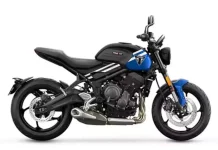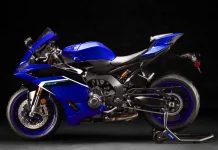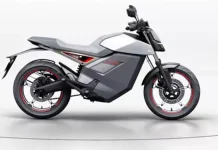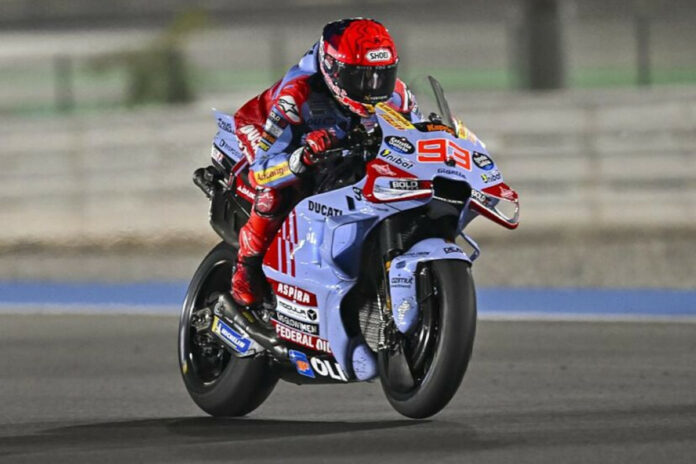Introduction to Marc Marquez’s New Brake Testing
Marc Marquez, a name synonymous with speed and precision in MotoGP, has recently made headlines with his experimental approach during the Jerez test. As an iconic rider known for pushing the limits, Marquez’s decision to test a new braking system on his Ducati GP23 has sparked interest among fans and analysts alike. This exploration not only highlights his adaptability but also his constant pursuit of performance enhancements.
Why Marc Marquez Tested the Thumb Brake
At the Jerez MotoGP test, Marquez chose to trial a thumb brake on the left handlebar, a significant departure from his usual braking technique. For over a decade, Marquez has mastered the conventional foot brake method, making this test a notable shift in his approach. The thumb brake, which is already used by Ducati teammates Jorge Martin and Francesco Bagnaia, offers different handling dynamics, particularly beneficial during the acceleration phase of riding.
Despite the potential advantages, Marquez has decided not to use the thumb brake at the upcoming Le Mans race. His reasoning is clear: “For 12 years I’ve been used to braking in one way, it’s difficult to adapt in just one day,” Marquez explained to Sky Italia. This decision underlines the challenges that even seasoned riders face when altering their riding style.

The Impact of the Thumb Brake on Riding Dynamics
Ducati team manager Davide Tardozzi provided insight into why the team believes the thumb brake is crucial, especially on the Ducati bikes. According to Tardozzi, this braking method enhances control over the bike during acceleration phases, a critical aspect for maintaining high speeds and stability on the track. This change is expected to help Marquez better understand and utilize his motorcycle, potentially leading to improved race performance.
Marquez’s Feedback and Future Plans
After the test, Marquez reported being able to provide more precise feedback to the Ducati engineers, an essential factor for ongoing adjustments and improvements. His initial experiences and the data gathered during the Jerez test have been instrumental in helping him decide the best course of action for future races.
Despite opting out of using the thumb brake at Le Mans, the knowledge gained from this test is invaluable. Marquez is keen on continuing to experiment and refine his approach to fit his style and the demands of each race. His willingness to test and potentially adopt new techniques illustrates his dedication to evolving as a rider and remaining competitive in the fiercely contested MotoGP championship.
Conclusion: Marquez’s Strategic Adaptations in MotoGP
Marc Marquez’s exploration of new braking techniques at the Jerez test is a testament to his relentless pursuit of perfection and adaptation. While he has chosen to stick with the traditional foot brake for now, his openness to testing and possibly integrating new methods in the future demonstrates his strategic approach to MotoGP racing.
As the season progresses, it will be interesting to see how this experience influences his performance and whether any further adaptations will be made. Marquez’s journey continues to be a focal point for MotoGP enthusiasts and a clear example of how top athletes remain at the forefront of technological and strategic advancements in the sport.





































